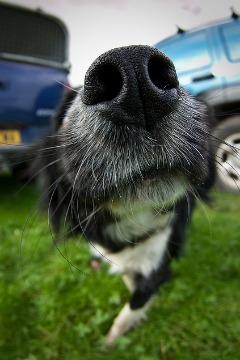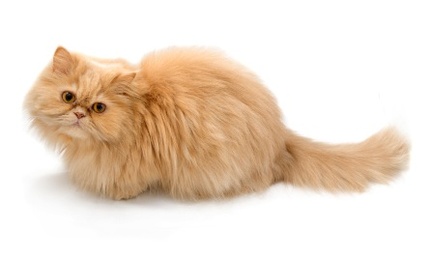Despite the advent of the Internet, it has not done much to dispel some erroneous thinking on the subject of pet healthcare.
If anything, the Web is fueled by the kind of rumour mill sensibility that leads to even more misinformation on the subject of pet health and pet care.
To that end, here is a list of urban myths that drives the informed crazy!
1. A Cold, Wet, Dry or Warm Nose Tells Us Something
Although some companions’ noses might be capable of offering us some useful information, most of them do not – which is why a lot of veterinarians do not rely on this information at all when taking stock of a companion’s history and physical exam.
2. “Happy Pet” Behaviour
People have a thing about assuming that their animal companions are really happy when they exhibit certain behaviours, which can lead to all kinds of poor decision-making. A tail wag does not always mean that a dog is pleased to see you. A stiff tail wag, in fact, is a sure sign that you should watch your step.
A purring cat is not always a content cat. There have been cases of fur parents claiming that their cat was a “purring angel,” only to find out later that it is not the case when a sharp set of claws sink into your hand. She was purring though…
3. Bad Bloat Advice
Is there any large-breed dog disease that freaks fur parents out as much as gastric-dilatation volvulus (a.k.a. bloat)? Unlikely. This is probably why there is so much misinformation about the disease all over the Web and in casual conversations. Does drinking cold water give a dog bloat? No. Does using a raised feeder decrease bloat? No.
If you are concerned about bloat at all, just talk with your vet.
4. Pet Mouths Are Cleaner Than Yours or Mine
No, but there are some caveats. After all, it is safer to be be mauled by a dog than lightly bitten by a human with hepatitis C.
5. Purebreds Are Healthier Than Mutts
There has been a lot of talk about this lately. Here is the upshot: Purebreds are not necessarily healthier, because they are prone to more genetic diseases.
6. People Food Is Not for Our Animal Companions
This lie would have you believing any comestible that does not come canned or kibbled is toxic, will make your animal companion fat or will automatically put you in the category of “bad fur parent.” The unspoken corollary to this message: You need a Ph.D. in nutrition to know how to feed your companions a ‘complete’ diet – unless you offer variety or go on a dietary rotation basis.
7. Pregnant Women Cannot Scoop Litter
It may be contrived to claim that you are not be able to clean the litterbox for nine whole months, but it is not really true. Transmission of the organism that causes toxoplasmosis is not possible, as long as you scoop the poop daily, which is how you should do it anyway.
8. Pets Need to Lick Their Wounds
Wound licking is great for animal companions if they are simply getting debris off a fresh injury, but continuing to lick only exacerbates inflammation and infection. That is why e-collars exist, and any licking of a surgical site is not a good thing – regardless of what you may have heard about the healing properties of dog saliva.
9. Cats Always Land Feet First
There are plenty of examples of a cat who made a splat and broke bones. Cats will not always land on their feet if they do not have enough time to relax and make a complete revolution in the air before landing, or if the surface they land on is irregular.
It should also be inferred from this myth-busting statement that cats do not have 9 lives.
10. Mothers Reject Animal Babies Who Have Been Held by Humans
It has been documented that some mums will take issue with human pheromones, but the vast majority of domesticated pets would not mind whether you touch their babes or not. Wild animals might, but birds, for instance, have little way of knowing whether you have messed with their younglings, since their sense of smell is sorely lacking.
So feel free to play with newborn puppies and kittens!







